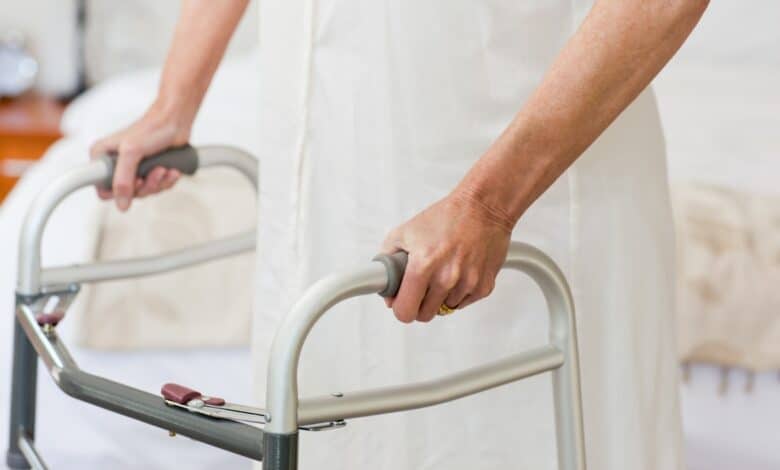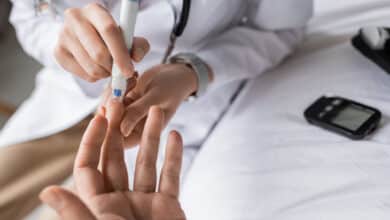
Incredible breakthrough in the field of medicine. Thanks to electrodes developed in a new procedure on the spinal cord, paraplegics can learn to walk, swim and ride a bike again.
Epidural electrical stimulation: breakthrough in electrodes on the spinal cord
For several decades, researchers have been searching for a way to help paraplegics with severed nerve connections in their spinal cords regain mobility.
The research team from nature medicine in Switzerland has now made incredible progress in the field of epidural electrical stimulation (EES). As part of a study that is still ongoing, the team was able to use electrodes attached to the spinal cord to give three people with paraplegia back some independence and allow them to walk again.
In EES, an electrode attached to the spinal cord is designed to stimulate the clipped nerves, while a connected computer takes over the function of the signals from the brain.
First results after one hour
It took just under an hour during the test for the study participants’ legs to be activated and moved by the electrode. After several months of training, the subjects were also able to walk several meters again with the help of a walker without additional assistance.
After longer training, the paraplegics were also able to stand up on their own, stand freely without aids, swim and ride a bicycle with the help of a recumbent bike.
EES arrays with 16 electrodes
The biggest advance was made by the implant itself that was used, as the research group had already proved in 2018 the possibility of allowing paraplegics to walk a few steps again thanks to a spinal cord implant.
The novel and further developed EES array relies on 16 electrodes arranged on a 7 cm x 1.5 cm foil. Actually, corresponding implants are already used as standard in pain therapy, where they are applied to the skin of the spinal cord.
There, the electrodes deliver a light electric shock to the nerves, which causes a tingling sensation in the painful areas and thus overlays the actual pain stimulus. This pain therapy in the area of nerves has already been used worldwide for about 30 years.
In the case of paraplegics, however, the nerve roots are addressed in this way. Thus, bundles of neurons responsible for movement are directly influenced, while activation patterns controlled with the help of software are directly converted into movement patterns.
For this purpose, the study authors developed a computer-based system that “combines high-resolution structural and functional imaging to optimize the surgical placement of this electrode”.
Adaptation is individualized
The research also indicates that positioning and programming of the electrodes on the spinal cord must be done individually for each subject. For this purpose, a complex, three-dimensional anatomical model of the respective spine would first have to be made.
Even during the insertion of the implant, it would also be necessary to monitor the placement of the electrodes via three-dimensional CT scans, as well as to regularly trigger muscle contractions in order to be able to find the optimal position of the electrodes.
Walking possible as early as one day after surgery
The researchers’ goal, they said, was to restore independent walking in all participants as early as one day after the procedure. This was realized during the study, he said. Initial walking movements were already possible again within the first 24 hours on a treadmill in a support corset.
However, several months of training were necessary before the participants were able to walk on their own feet and under their own body weight. In the case of the three participants, this was a five-month neurorehabilitation program combined with five training days per week. At the same time, the subjects also had to learn to select and effectively control the appropriate EES sequences for each desired movement.
Thus, although the participants learned to move independently, they did not regain their natural movements in the process, the study continues. While this demonstration of progress in treating paraplegia in the area of movement is spectacular, it would be even more important if people with injured spinal cords could regain independent control of their bowels, bladder or blood pressure.
That, too, is entirely possible as the continuing study progresses, according to the research team. In addition, another sub-study is looking at linking the EES implants to the brain via a unique computer-brain interface.




No replies yet
Neue Antworten laden...
Neues Mitglied
Beteilige dich an der Diskussion in der Basic Tutorials Community →